 Refusal to acknowledge and express pain as a sign of masculinity is a deep-rooted conditioning towards sexual hierarchy Refusal to acknowledge and express pain as a sign of masculinity is a deep-rooted conditioning towards sexual hierarchy Exactly a year and a half back, we were wheeling in our son into the emergency OPD for a bone-deep gash he suffered on his forehead. While I noticed that he was as cool as a cucumber except a few sporadic oohs and ouches, the neighboring pediatric ward was resonating with heart-wrenching cries of a toddler being needled with a vaccine booster dose! From an “Ouch!” to “Oh my God”, pain has made you remember your mother and, your belief in the almighty stronger, atleast a few times by now. For one it could just be a stubbed toe to bring the roof down while for another, only after 20 broken bones will you hear a yelp. Ofcourse there is always an intrinsic personality of individuals that make them perceptive and reactive to pain in contrasting ways, but could a scientific possibility be ruled out? That wriggly curious worm inside didn’t let me rest in peace till I could fill the blanks up. We all have the same pain receptors (nociceptors-in technical terms), the same neurosensory pathway, the same nerve endings and the same god-damn cerebral cortex, yet we differ in our response to pain. Why? Pain is the Protector! Pain is extremely important. Yes, you heard it right. Pain is uncomfortable but it is the foremost signal given to the body that it needs protection and healing. If you lose sensation to pain, you are at a greater risk of losing your life. Don’t confuse threshold with tolerance Pain Threshold and Pain Tolerance are two completely different things. When I say I don’t feel much pain if I accidently hurt my thumb while chopping vegetables, I have a high threshold to pain: which means I start perceiving pain as a discomfort only at a higher intensity. So I need my whole thumb to be chopped off my palms to finally bawl out in pain! At the same time, I can perhaps feel immense pain with a severed thumb yet can bear it till the cows come home! That would define my tolerance to pain. The diversity in phrasing these two aspects of pain determines the response to it. To simplify this, “it doesn’t pain that much” tells about your threshold to sense pain; and “it is paining but I can manage” tells about your tolerance to pain. “I cannot explain how much that pains!”
“Come on, be brave!”
Your psychological state has a direct impact on your perception of pain. The knee doesn’t hurt as much as your heart does. And all those baffled hormones and neurotransmitters are making your more vulnerable and less tolerant to even a pink prick. “I ran the marathon despite a bad Achilles heal!”
Not that they are born with nociceptors with super-human power, but because they develop the tolerance with will power and consistent endurance exercises. Exercise is known to manipulate the neuroendocrine system, making it, if I can say, tougher and resilient. Another reason to get those limbs moving and muscles screaming! “Boys don’t cry!”
While one school of thought swears by the tremendous pain-tolerance capacity of women owing to their intrinsic child-bearing attribute, others do not accept any refutation to men being the stronger ones. Going by biology, I will have to very reluctantly admit (my double X is not liking this admission!)) that women do have slightly lower tolerance and threshold to pain because of less natural painkillers like endogenous opioids and circulating beta endorphins. Women are what their hormones tell them. Their sensitivity to pain varies across their menstrual cycle and unfortunately women are more likely to suffer from chronic pains later in life than men do. Sounds outraging but it makes sense. Nevertheless, that doesn’t necessarily make men more tolerant. (I admit once again that I have a strong feminist streak!). There is a deep rooted conditioning that men are subjected to as young as toddlers and boys of basically braving every onslaught without any hint of expressed pain and sadness. (But then, aggression is allowed! Rather expected!). This psychosocial conditioning is a major reason why boys grow up into men who take risks, brush off injuries and say “I am fine” more often than women! When Tolerance Turns Toxic… Extreme threshold and tolerance to pain is not a gift of god everytime! It can be a huge deterrent to your health and wellbeing. Not allowing your body to feel pain in its natural acuity and chronicity can confuse your body’s fundamental healing process.
Pain can make you and break you too. But to brave the pain, we need to feel the pain first. It is undoubtedly a blessing to be able to bear pain and yet come out victorious, physically or emotionally. Nevertheless, sensitivity to pain can be modulated. If you fall on the lower side of the scale, there are more than enough ways to increase your threshold and tolerance. But if you are on the other side of spectrum, you have some task to do before you are faced with a bigger monster! A grade 3 boy whom I used to tutor many years back was a perennial sneezer; and he had this incredible skill of somehow making the precious droplets land exactly on my forearms making me smell like an peeved up Halyomorpha halys (stink bug) all through the evening! After 18 years of that experience, I decided to nose-dive into this phenomenon. Well, literally!
Sneezing can be pretty annoying; but offering a stinky sneeze to someone will surely not fetch you ‘bless yous’ ! That three inch of protrusion right between your eyes has a lot of sensing to do. Your nose picks up odours from every fleck floating in the air but did you imagine it smelling its own excretion? A stinky sneeze is for real. We all emanate diverse odours with sneezes, some just about to avoid any embarrassment while some that can put a skunk to shame! A malodorous sneeze definitely embarrasses you in public but it poses something proverbially deeper than what meets the nose! The smell of your sneeze can indicate underlying pathological conditions. Sour grapes! The winner’s trophy goes to none other than your bad breath! Your breath has been a crowd repellant off-late and you have been stuffing a whole line of mentos down your throat, but to no avail. Sneezing causes saliva droplets to escape and chaperone out your dirty secrets through the nose. Bad breath or halitosis traces down to compromised dental hygiene and very often, smoking. Periodontitis, dental cavities, tooth decay and unclean tongue are the most prevalent causes of halitosis and consequentially add a sour putrid odor to your sneeze. And if you are the one who can kill humans with your breath-bomb, then one can only imagine how explosive your sneeze can be! Foul play! The second greatest culprits causing you embarrassing foul sneezes are those hollow cavities sitting inside your skull, the sinuses. Allergies or bacterial/viral infections, especially chronic ones, cause stagnant nasal and sinus secretions to turn obnoxious and foul-smelling over the time. If you are a regular visitor to your doctor for sinusitis-related problems, be prepared to host some evil sneezes on your neighbor! Snuff with Sweetness! “Honey, your sneeze stinks.” You just managed to get rejected by your honey boney’s kiss, thanks to mr. bad breath. But what about are sneezes which smell of honey??! It is difficult to catch a sweet smell unless there is a night jasmine bush growing through your nasal mucosa. But if you manage to feel any sugary-sweetist or honey-like essence in your sneeze, there may be a possibility of diabetes or related complications like ketoacidosis lurking right under your nasal bridge! See a doctor and get that damn dragon under control. Smoky is not always sensous! The name says it all. Trash those cigrarette packs rightaway. You may have gobbled up 5 mints to drive the stench away from your breath but one sneeze, and your daddy will know what you have been upto. Face it, if your saliva smells lousy, your sneeze will not smell like vanilla! And whether you like it or not, your sneeze can tell out all your secrets. It may be a transient condition and a timely remediation can save you from lifelong embarrassments. So next time get your olfactory neurons on double duty and observe if you can sniff any unpleasant whiffs! 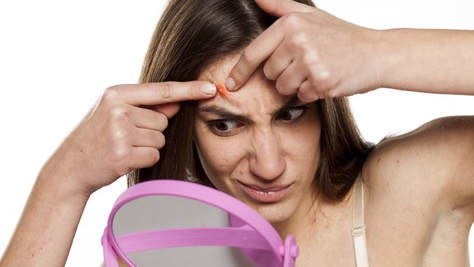 Skin Picking: Where Delight Supersedes Discomfort! Skin Picking: Where Delight Supersedes Discomfort! Anxiety can get the better of anyone. You can lose concentration, develop gastric ulcers, graduate towards depression, get aggressive, pick at people or worst, pick at your own skin! Yes, you heard it right, pathological skin picking exists and is serious psychological disorder. If we look around keenly we will find almost every third person biting nails (onychophagy), breaking their acnes, chewing on their skin (dermatophagy) or picking at it. Such habits, which are often ignored as silly disgusting ones could be a consequence of stress, depression and anxiety. Also technically known as Excoriation disorder or dermatillomania, skin picking falls under the umbrella of Obsessive Compulsive disorders. It is as noxious a habit as substance abuse and can be shockingly fatal too if not treated with behavioral or pharmacological interventions. As teenagers, we used to enjoy cracking acne and pimples on not just our own faces, but our friends’ too! It pained us like crazy after the first rupture, and the second, yet we would somehow find a deep satisfaction and pleasure in continuing to do so till our faces got sore with hemorrhaging eruptions! Skin picking was not alien to us, just that we didn’t know that it was a disorder. As young children, it was easier to break habits because we would invariably have our parents standing with whips around us, or perhaps small life bumps didn’t throw us off-guard. But as we progressed in age, our lifestyle, socioeconomic factors, interpersonal relationships, work pressure and lack of support turned our stress level into an ace tennis shot that could not be returned! Be it as gross as alcoholism and substance abuse or as subtle as biting nails and picking skin, more than often, psychological habits become untenable to break. Your first reaction to someone earnestly picking at his skin would be to stop him. Next would be to find it repulsive and perhaps vanish from the sight. But any kind of revolting response from you would not deter the picker to stop. This is plainly because it is a compulsive action. There is a clear lack of control over the urge to pick since the act gives an initial sense of pleasure till a point a peeled skin breaks and a wound starts to stare back. Not that he is unaware of it, oh hell yes, it pains! The wound bleeds and soon invites infections to grow into purulent lesions, disfigurement and turn into septic tanks! If you are an ardent skin picker, we are going to find your brain telling you things like these (in exact order of events!):
The neuroimage film of a picker will be as clean as a non-pickers. But the images will definitely show minor or major changes in brain activity for those suffering from acute/chronic anxiety disorders and lack of motor-inhibitory control. To say it in simpler terms, picking has been considered just a by-product of an underlying monstrous process and a shoulder to lean on. Yet, its severity in most of the cases has compelled experts to treat it as a primary disorder since it comes with distinct clinical features and an outstanding incident rate. Increased and constant dopamine concentration has been seen in pickers, which clearly indicated the compulsive intention to derive pleasure in picking despite pain receptors screaming at them to stop! Pick your food to stop picking! This crucial aspect always goes underestimated and unnoticed.
Appease the Hercules The only therapy for picking is treating the cause.
Skin picking can be as traumatizing as any other pathological condition; and it being catastrophic to the limit of turning fatal is alarming. A 51 year old was wheeled in to the emergency for a possible stroke. On closer examination, a deep gash splitting right through her dermal layers and exposing her cranium was revealed. The neuroimages indicated an intracranial infection which caused her intense dizziness and headache for days before she collapsed. With a history of severe acne and an uncontrollable urge to pick at them first with a sewing needle and finally with a knitting needle, she finally landed herself on a cruise close to death! As I was rummaging through substantial information for this blog, reading this case report set my panic button on and I just managed to rip the cuticle off my index finger! I need a band-aid as much as the pickers need aid. And if you are one, leave your skin alone and grab your sanity back! “With the power of pen and a good cup of tea, you can write history!” It took me a full mug of tea to come up with this quote. Gradually I have come to accept that it is indeed a palpable physiological requirement of a creative mind to be constantly fed with motivation…via the gut! Whether staining ink on paper or straining fingers on keyboard, writers will always keep one hand free to grab their cup of motivation. My steaming motivational mug, either empty or half full or brimming, is of tea. Yes, Tea it is; and not even an apocalypse can come between my tea and me. Sustained s’tea’mulations Writing needs copious amount of creativity and concentration. A beverage that can give the much-required nudge is always welcome. And what better than tea can give that luxuriant punch. For some, it is coffee but coffee comes with an overload of caffeine. Brewed tea has 4 times lesser caffeine than coffee making it a much safer stimulant to rely on. Chemically, caffeine is similar looking to, but an antidote to Adenosine, the sleepy hormone. Adenosine binds to its receptors and causes drowsiness and caffeine essentially exploits its structural similarity with adenosine and blocks its activity. So it basically confuses the neurons and prevents drowsiness. Alert and awake, isn’t that how you feel after hoisting down a cup of tea? Tea not only keeps you alert and awake but it also relaxes you. While excessive caffeine through coffee can give you periods of jitters, tea with its controlled caffeine concentration and a welcoming burst of antioxidants, prevents mess-ups and erratic changes in focus and concentration. Unlike coffee, tea doesn’t give a rush. Its effect is more sustained and for a longer period of time. And isn’t that exactly what a writer wants? Alpha wave to make you crave Did you know that even if you are not asleep, just shutting your eyelids can change the entire pattern of brain activity? Alpha brain-waves or neural oscillations are rhythmic patterns of electrical neural activity in the brain which originate in states of wakeful relaxation, poise and calmness. These alpha waves are known to be triggered and enhanced by an amino-acid L-theanine which is found abundantly in tea leaves. (And that is how tea gets its botanical name Thea sinensis!) Tea thereby, owing to its bounteous theanine content, offers that relaxing and calming effect much needed by writers for processing and translating thoughts onto paper. So next time you see a writer on his couch, with his eyes shut and fingers clutching to a mug of tea, you know that most stunning piece of art is about to be penned down! 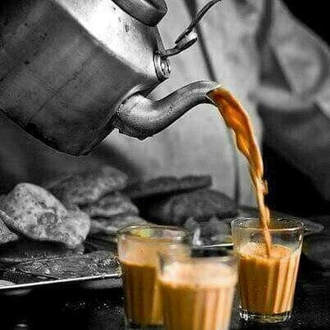 Nothing animates the creative buds like our very own Indian cutting chai! Nothing animates the creative buds like our very own Indian cutting chai! Flavorsome s’tea’mulations If you are a tea lover, you have just picked earth’s most diverse beverage for your taste buds! You name the flavour and you have it. The beauty of tea is in its subtlety and the ease with which any flavour can be infused along. You will be surprised to know that writers change their preference for flavors depending upon the time of the day, essence of their write-ups, seasons and mood. A close friend who writes travel and food blogs kept me intrigued for the longest time about this amazing collection of flavored tea bags decorated on his desk. “I need my strong black oolong for the rainy days documenting anthologies of global African movements and perhaps just a simple masala cutting chai on a midnight-highway-drive to gather my thoughts” he said, finally quenching my curiosity, as he sipped away his wild berry-hibiscus tea blogging about ancient kitchen hacks for contemporary cooking! Me’tea’culous s’tea’mulations The stimulation and alertness tea offers is a bonus that no writer would want to refuse. But every good thing comes with a disclaimer. Tea, like any other caffeinated beverage can be a victim to addiction. And caffeine addiction can be deliciously convenient to happen! A cup or two daily does no harm but habitual frequent tea consumption can turn the tables for the writers. Which is why we often see creative people hanging around with habits like smoking and excessive caffeine consumption to keep their cortex hyper-activated and drown away professional downfalls which comes naturally with any creative profession. The rescue ‘tea’m! Writers have a tough time balancing the flow of creative juices with professional churning. Pressure to create and lack of sleep are writers’ biggest nightmare! And as hard as they may try, this can be mentally crippling. For this reason, the collection of infusions in their cabinet for that critical submission deadline or a short trip to the tea stall down the street to drive away the blues of a rejected verse, tea is always to rescue. Haters can burn, but the truth prevails that nothing on this planet can un-fog the right cerebrum as impeccably as a refreshing cup of tea can! That, it is hard to get a beverage as stimulating as tea, stays irrefutable. As an aspiring writer, hours of stagnancy makes me often swivel with hunger pangs. Especially later afternoons and evenings drag painfully long without something to munch on; and tea is my batman. Tried and tested, it is an excellent substitute for all those unwanted junk my body wants to gobble down. And a handful of blueberries and almonds to go with tea, can keep a writer’s focus and memory in place. As I sip on my cup of nectar and close my eyes, the double dose of alpha waves prepares me for my next blog. Are you already mo’tea’vated enough? If not, pour in your precious infusion and say cheers to a writer’s elixir of creative immortality! |
AVOID FRAUD. EAT SMART.AuthorDietitian & Nutritionist Dr. Nafeesa Imteyaz. ArchivesCategories |
- Home
- Written Testimonials
- Consult
- Clinics
- Blogs
-
Diet & Nutrition
- Diabetes Reversal
- IVF IUI not needed for PCOS PCOD Infertility
-
Medical Nutrition
>
-
Disease & Conditions
>
- Infertility | PCOS
- Diabetes Mellitus
- Cholesterol
- Hypothyroid
- Kidney Problems
- Hypertension
- Cardiovascular Diseases
- Liver Diseases
- Gastro intestinal disorder
- Cancer
- Metabolic Disorders
- Orthopedic Disorders
- Eating Disorders
- Dietary Recall
- Weight Record Filled By Clients
- Online Payment Transaction Details
- Online Clients Weight Check Form
- Our Program Package Service Charges
- Weight Record 2017 Clients
- Measurements sent by Clients
- Terms & Conditions Of Payment
- Thanks. Your Form is Submitted
- Video Testimonials
- Lifestyle & Wellness
- Lifestyle & Wellness Blog
- Allergy & Intolerance
- Weight Loss / Gain
- Weight Loss / Slimming Blog
-
Disease & Conditions
>
- Life Cycle Nutrition >
- Sports Nutrition >
- Integrity in Nutrition
- Knowledge Centre
© COPYRIGHT 2022. ALL RIGHTS RESERVED. FRST HEALTHCARE PVT LTD.
Dr. Nafeesa Imteyaz of First Eat Right clinic, is the Best Dietitian Nutritionist in Bangalore. Best Dietitian Nutritionist in Pune. Best Dietitian Nutritionist in Hyderabad. Best Dietitian Nutritionist in Chennai. Best Dietitian Nutritionist in Mumbai. Best Dietitian Nutritionist in Delhi. Best Dietitian Nutritionist in Kolkata.


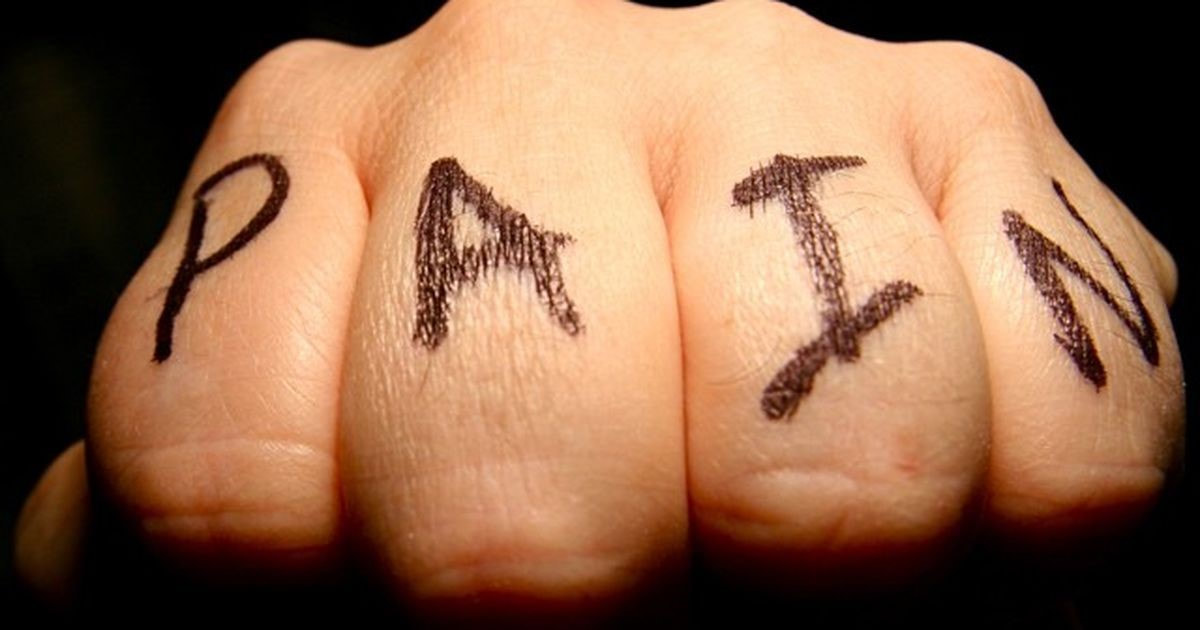
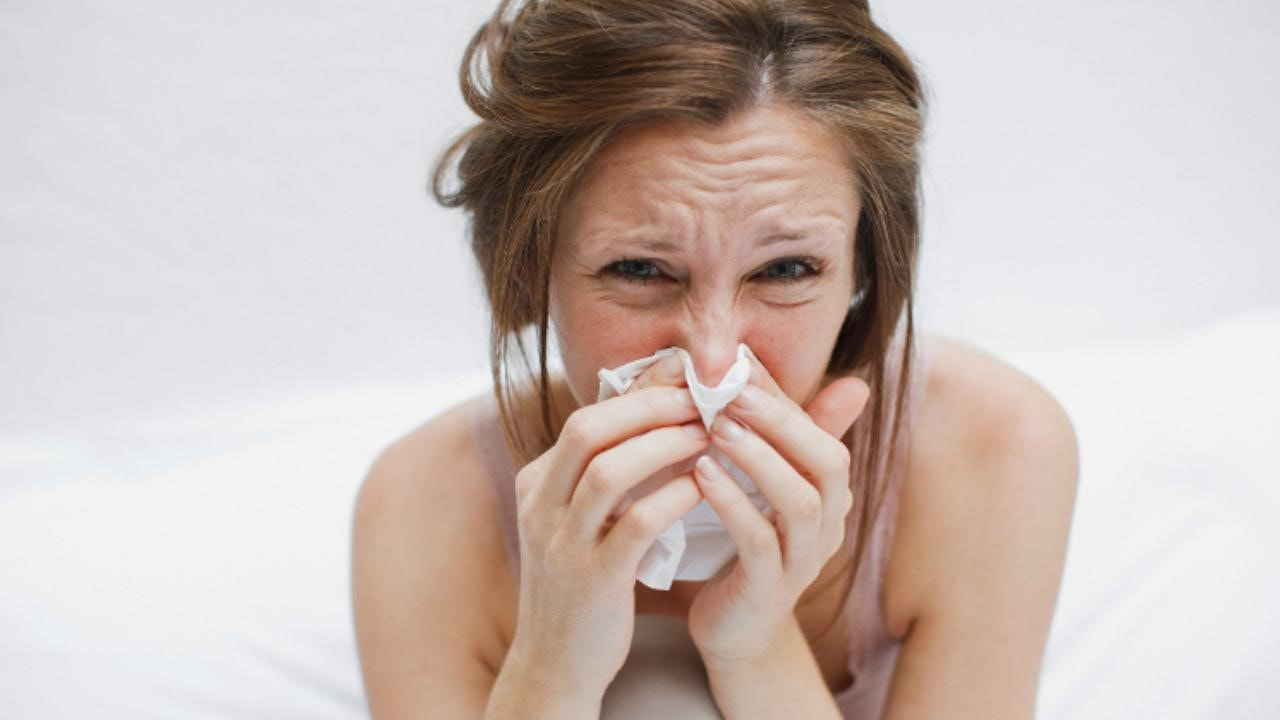
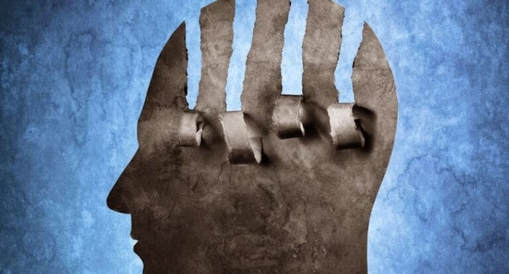
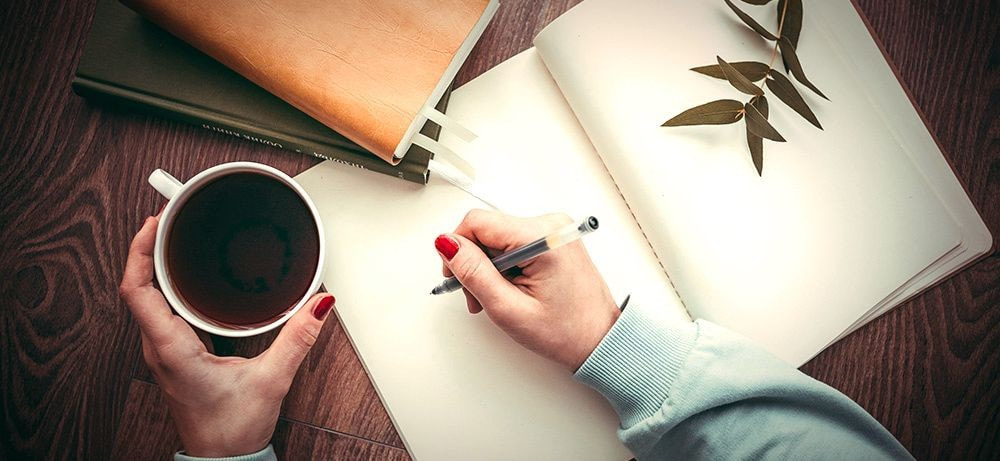

 RSS Feed
RSS Feed